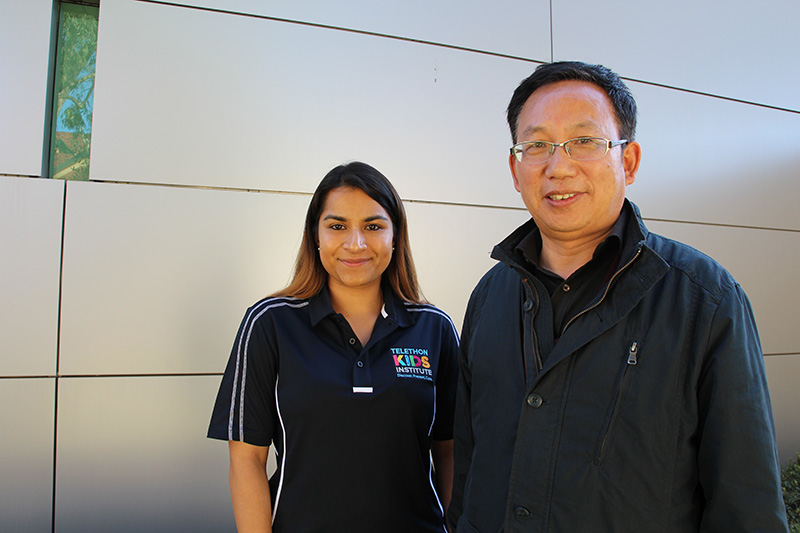Search
Research
Species-Specific and Cross-Reactive IgG1 Antibody Binding to Viral Capsid Protein 1 (VP1) Antigens of Human Rhinovirus Species A, B and CHuman rhinoviruses (HRV) are associated with upper and lower respiratory illnesses, including severe infections causing hospitalization in both children...
Research
Recombinant house dust mite allergensHouse dust mites (HDM) are a globally important source of allergen responsible for the sensitization of more than 50% of allergic patients.
Research
Hypoallergenic der p 1/Der p 2 combination vaccines for immunotherapy of house dust mite allergyMore than 50% of allergic patients have house dust mite (HDM) allergy.
Research
Early aberrant antibody responses of aeroallergen sensitised people to subclinical bacterial infectionEarly aberrant antibody responses, aeroallergen sensitised people, subclinical bacterial infection

News & Events
Chinese immigrants in Australia at higher risk of allergies, research showsChinese immigrants who live in a Western environment like Australia have an increased risk of allergies, hay fever and asthma, new research led by Curtin University and The Kids Research Institute Australia has found.
Research
The anti-inflammatory effects of interleukin-4 are not mediated by suppressor of cytokine signalling-1 (SOCS1)While it is known that the anti-inflammatory effects of interleukin (IL)-4 require new protein synthesis, the exact mechanisms by which IL-4 suppresses the prod
Research
Th2-associated immunity to bacteria in asthma in teenagers and susceptibility to asthmaBacterial colonisation of the airways is associated with increased risk of childhood asthma

Research
Impact of the COVID-19 Pandemic on Tuberculosis ControlThroughout history, pandemics of viral infections such as HIV, Ebola and Influenza have disrupted health care systems, including the prevention and control of endemic diseases. Such disruption has resulted in an increased burden of endemic diseases in post-pandemic periods.
Research
Clinical significance of circulating microRNAs as markers in detecting and predicting congenital heart defects in childrenIn this study, we aimed to investigate the usefulness of miRNAs as biomarkers in diagnosing and predicting children with congenital heart defects (CHD), particularly in the context of multiple subtypes of CHD.
